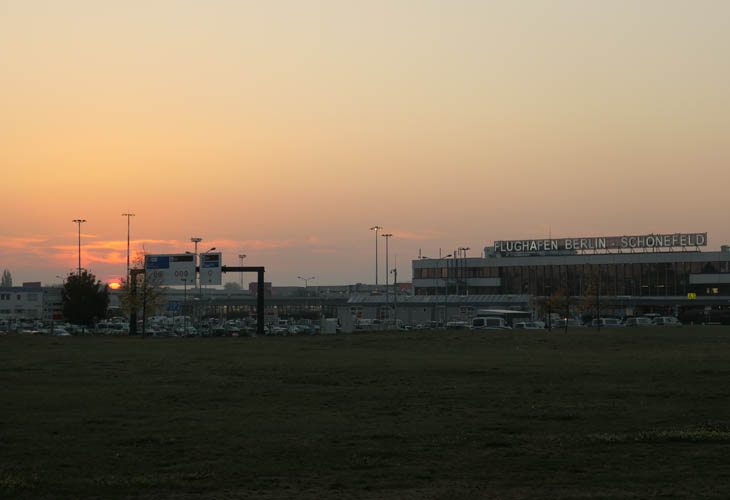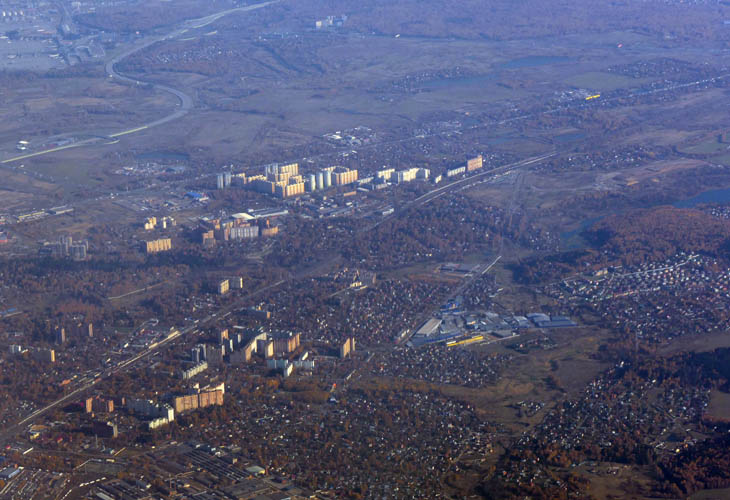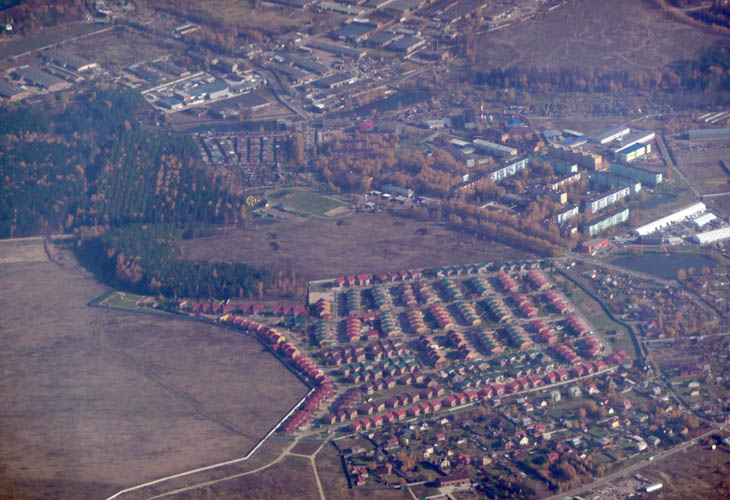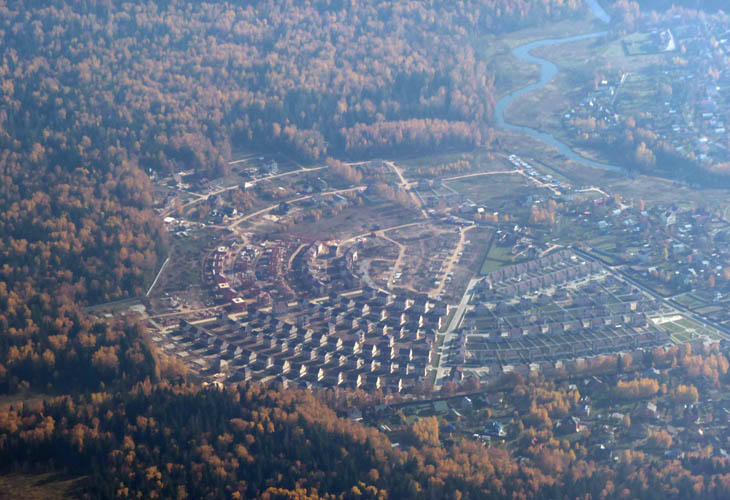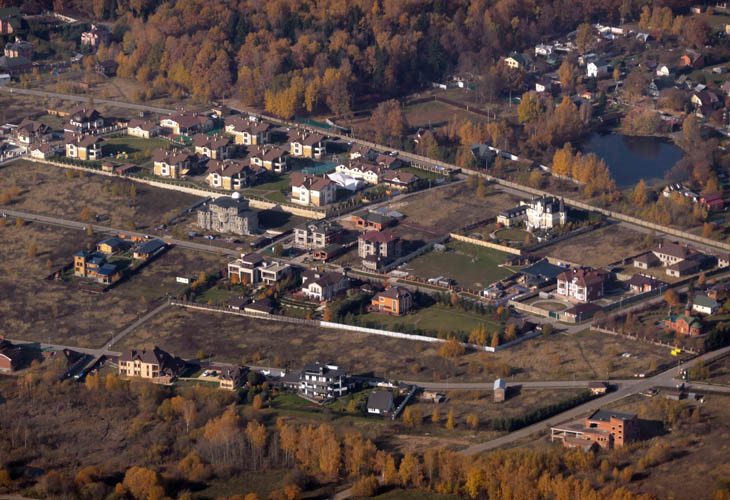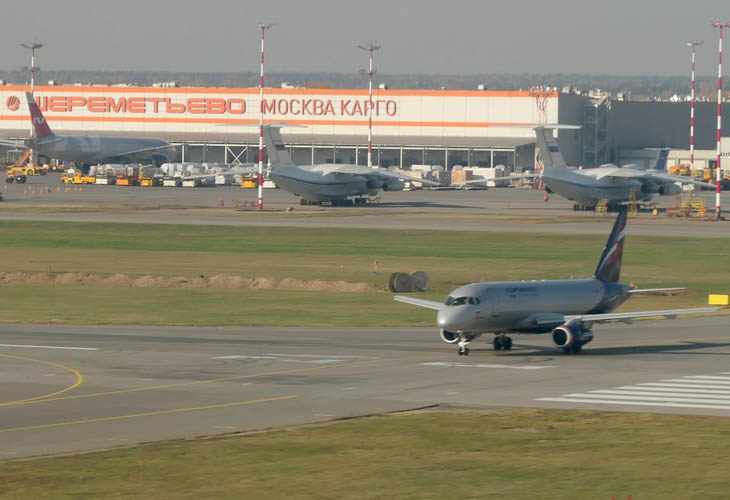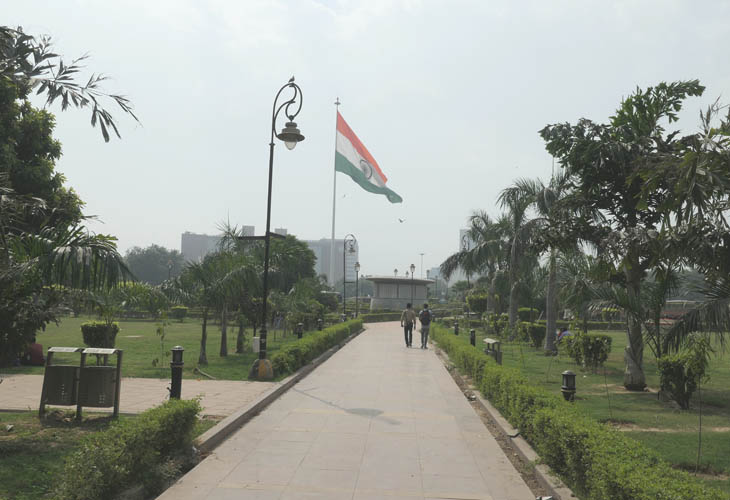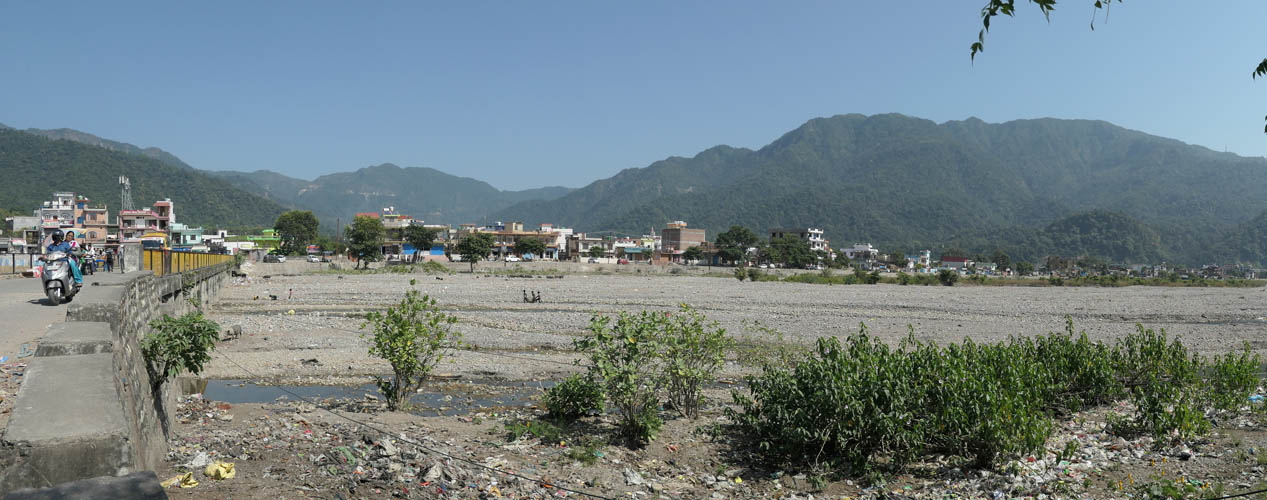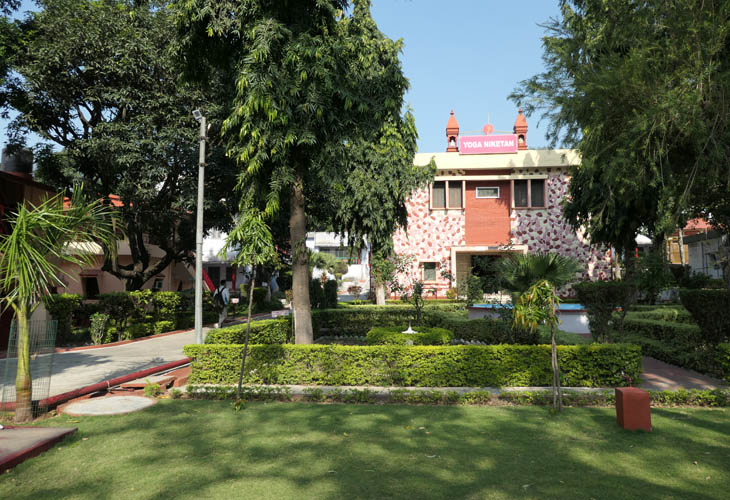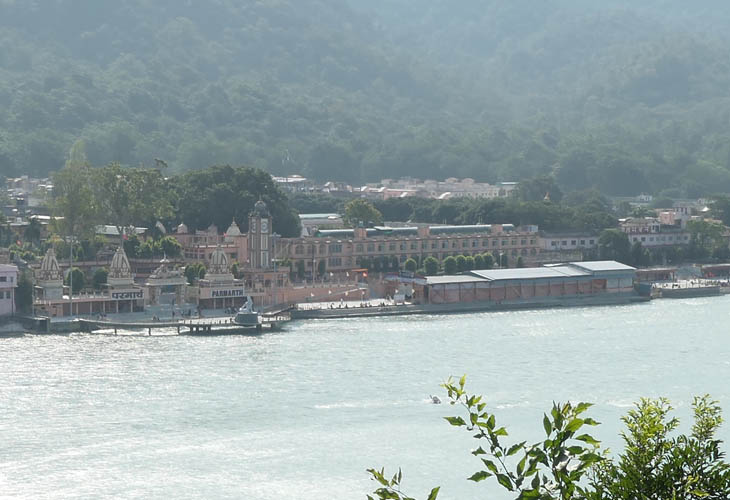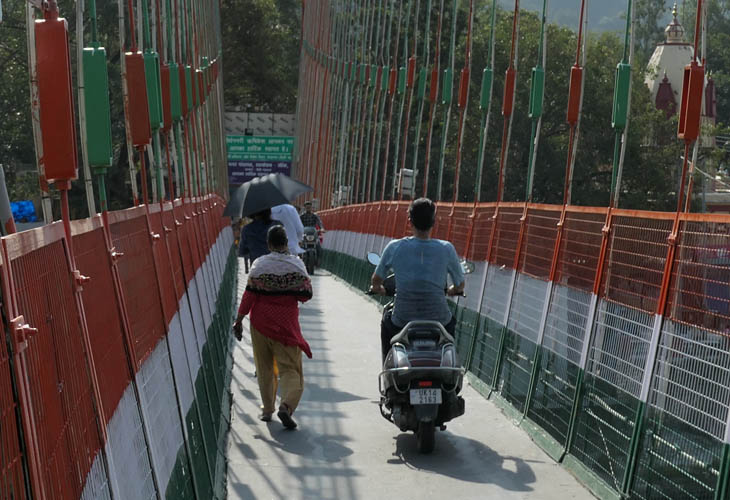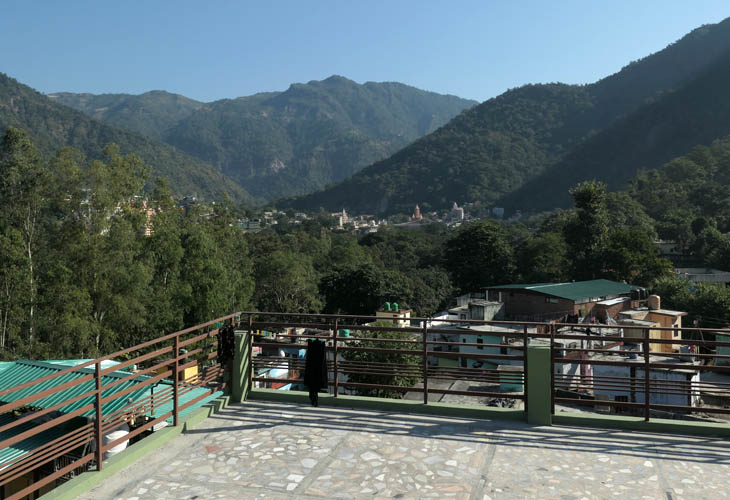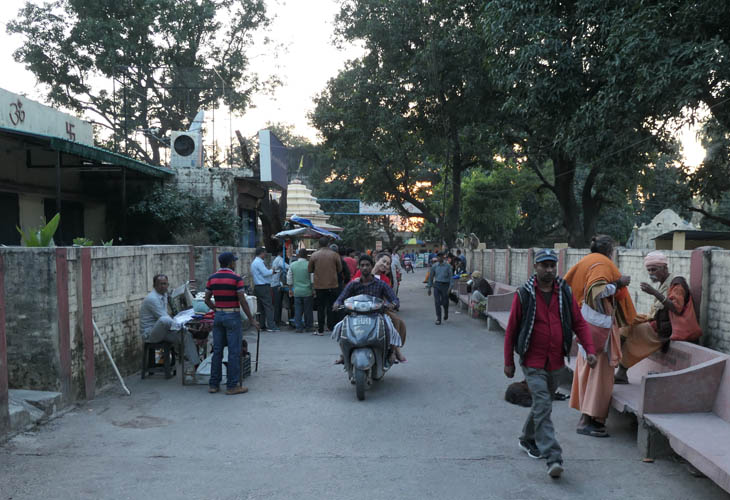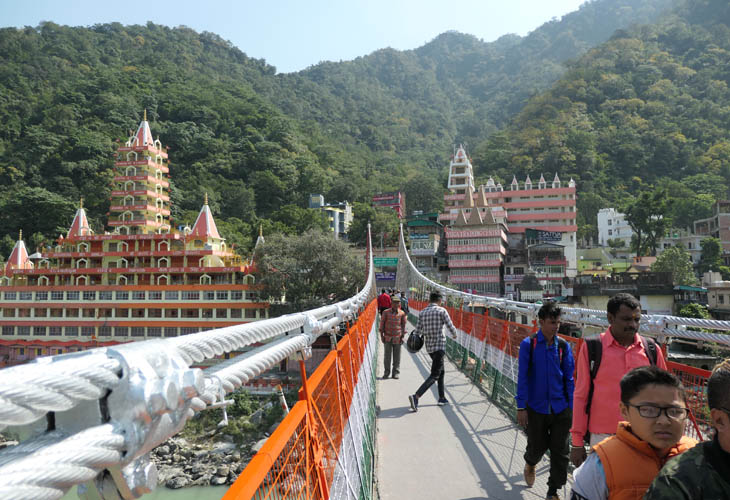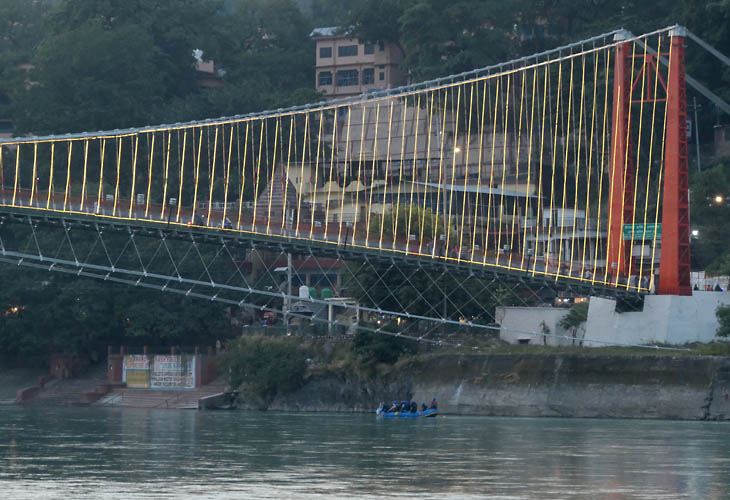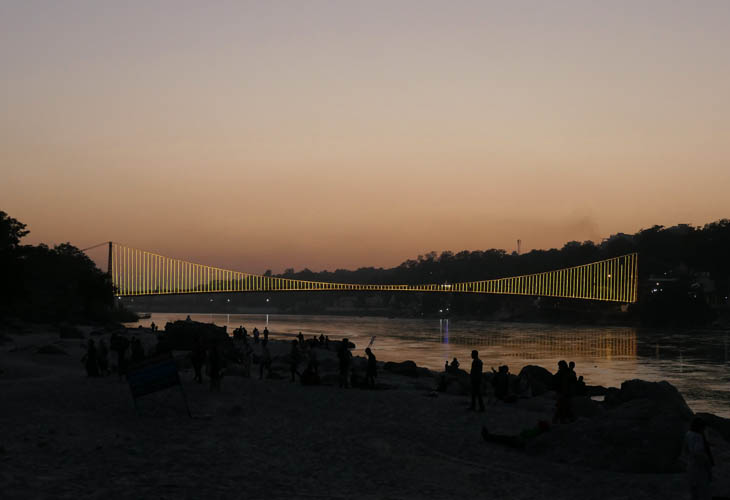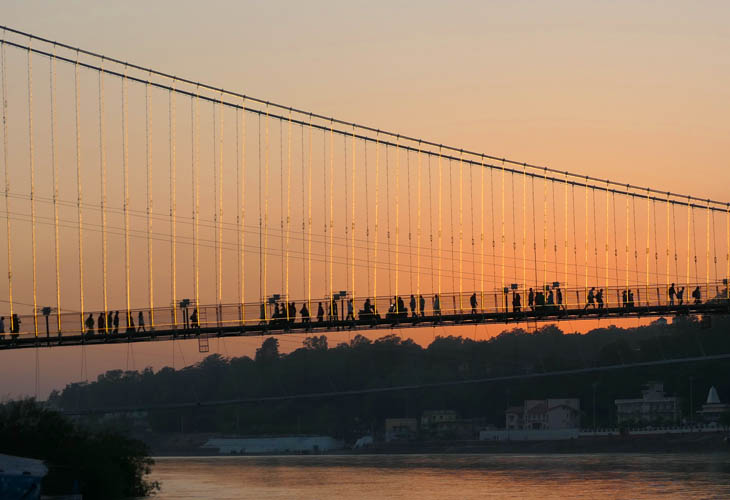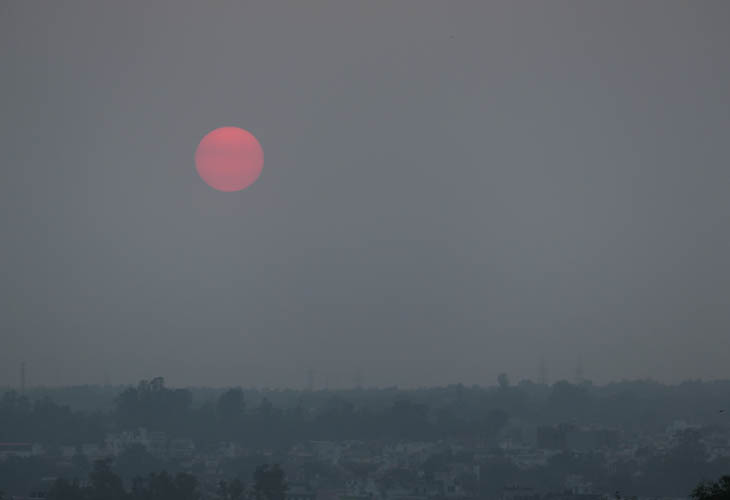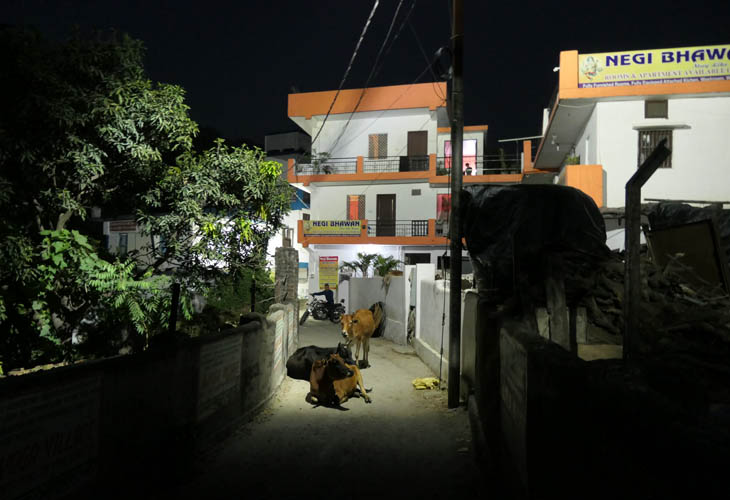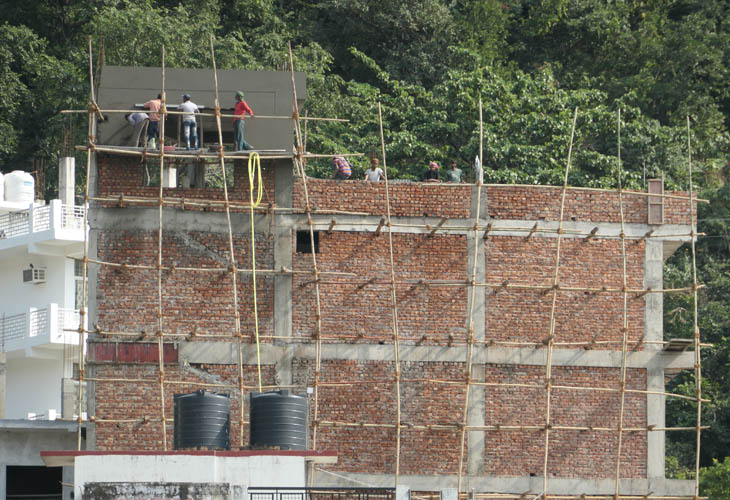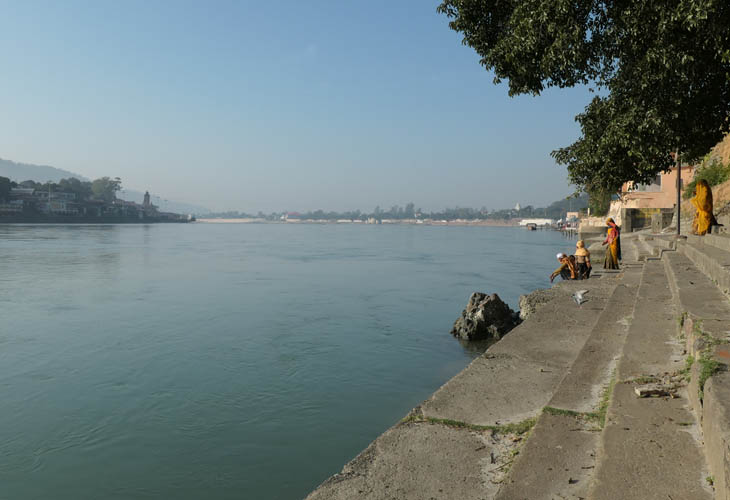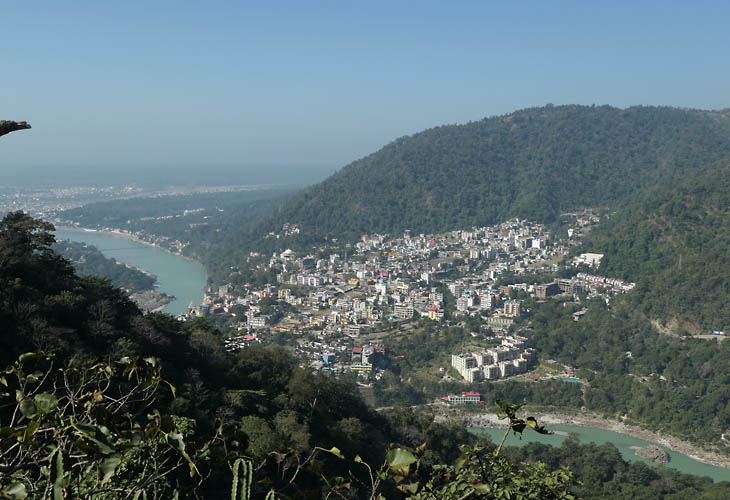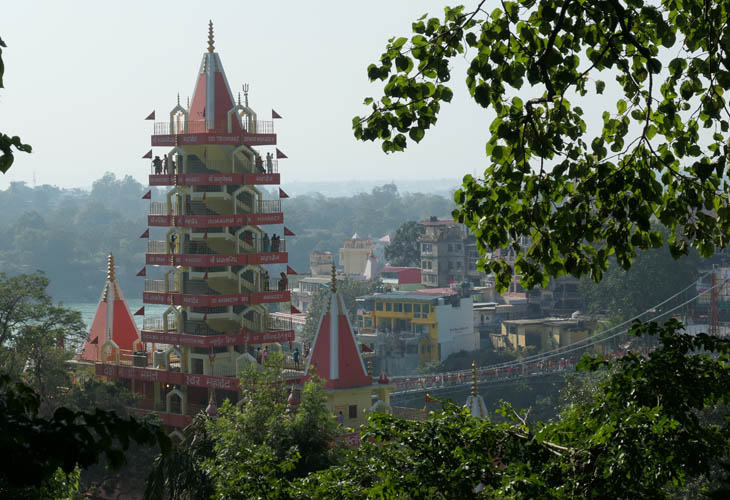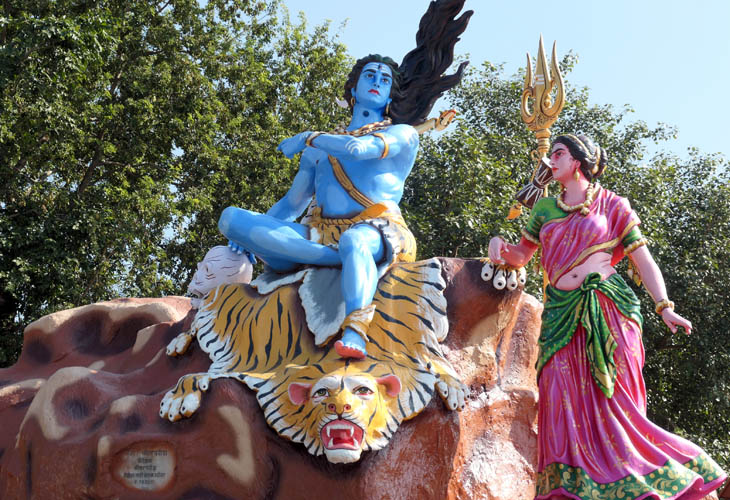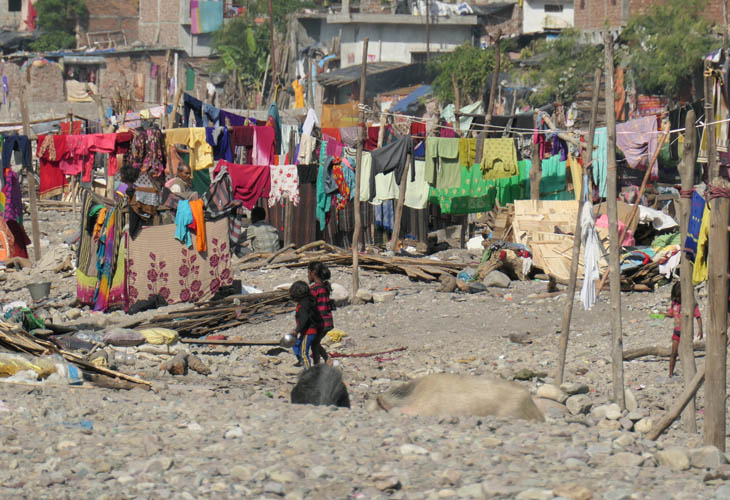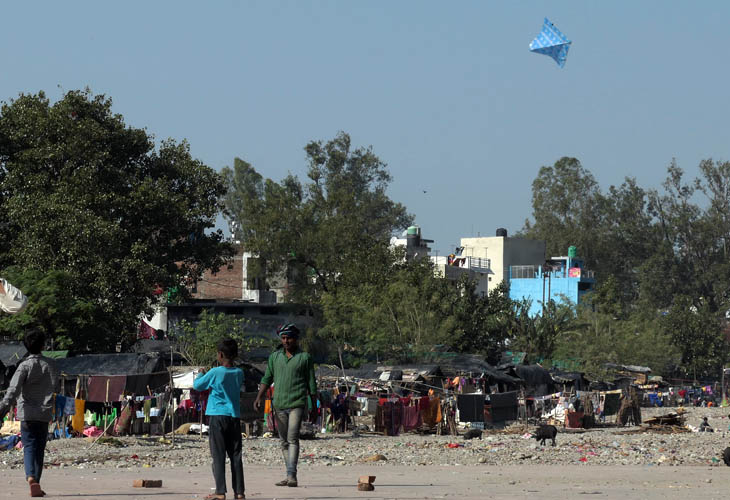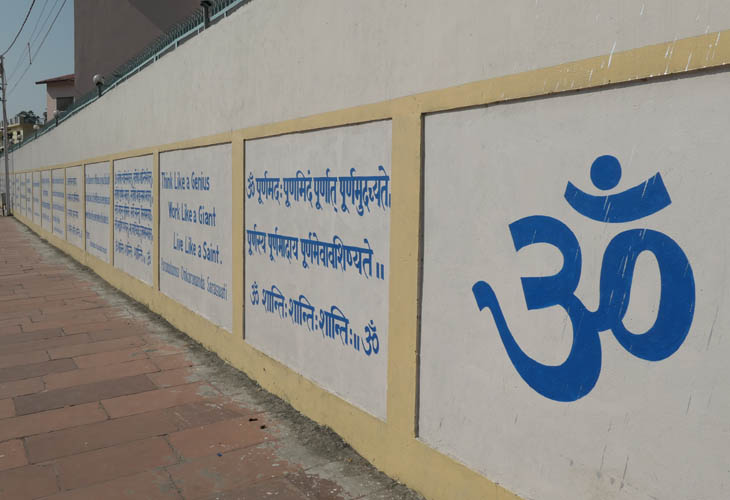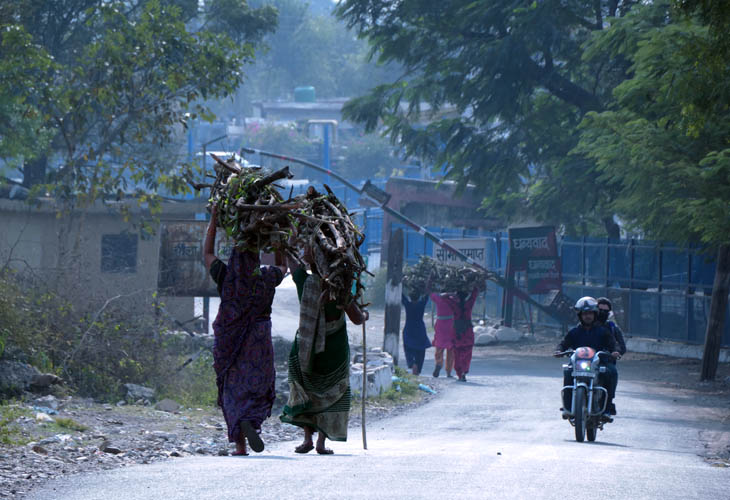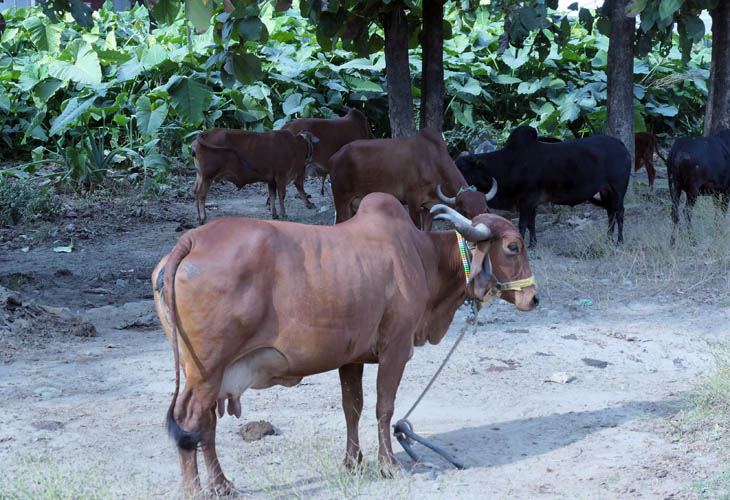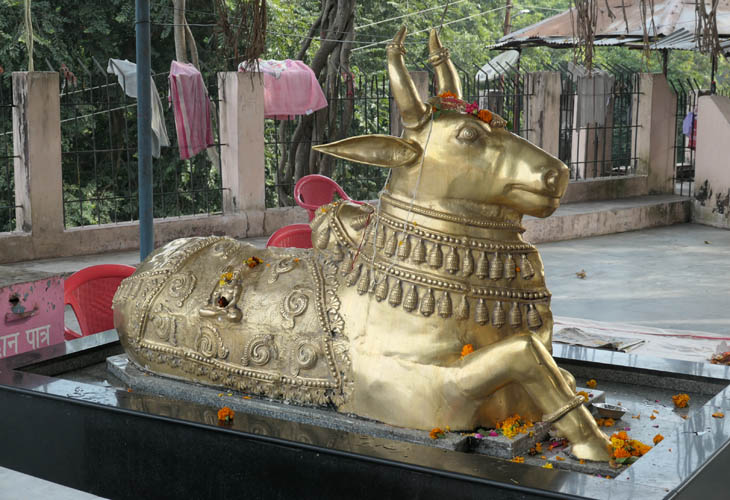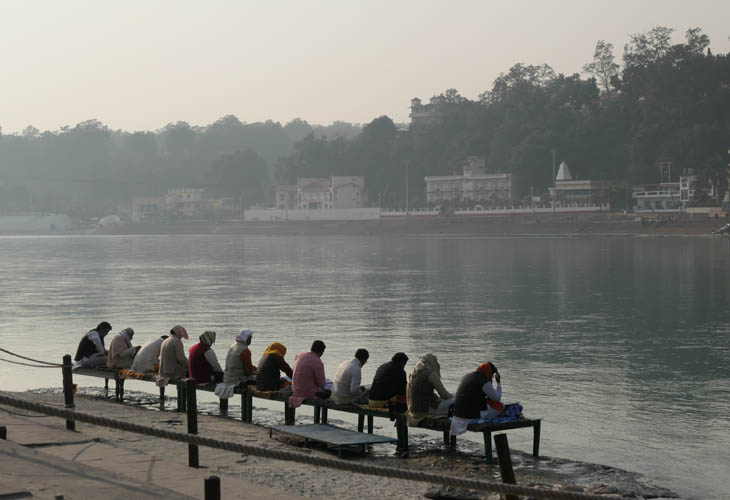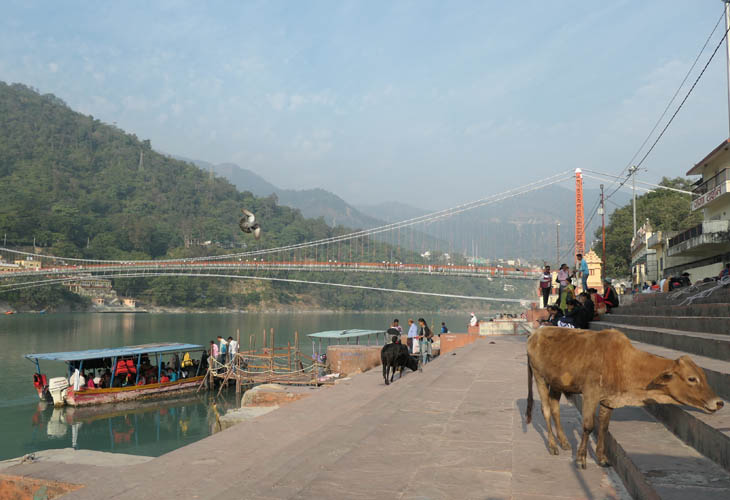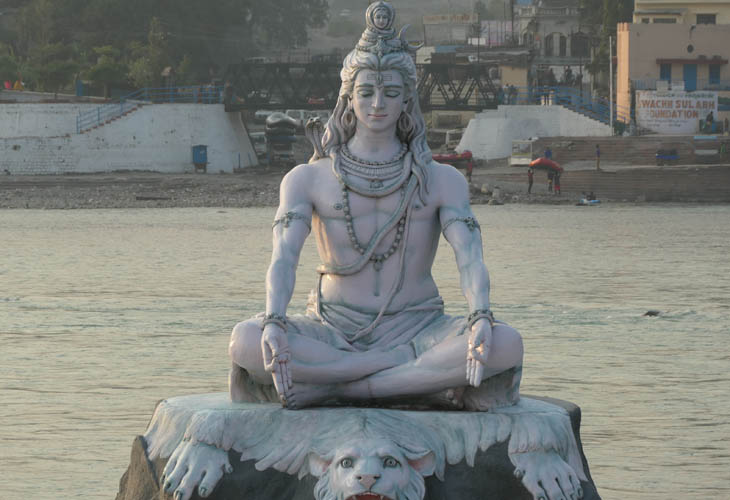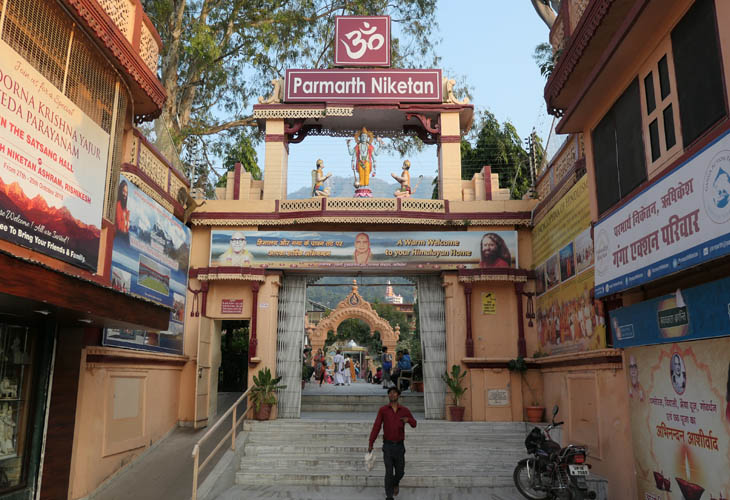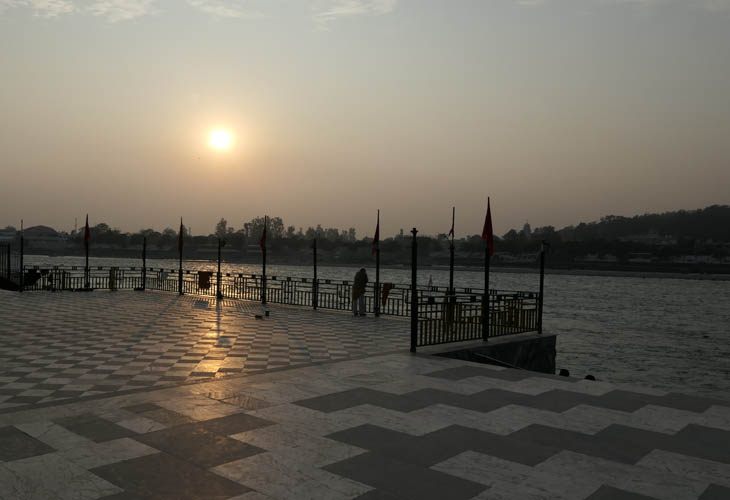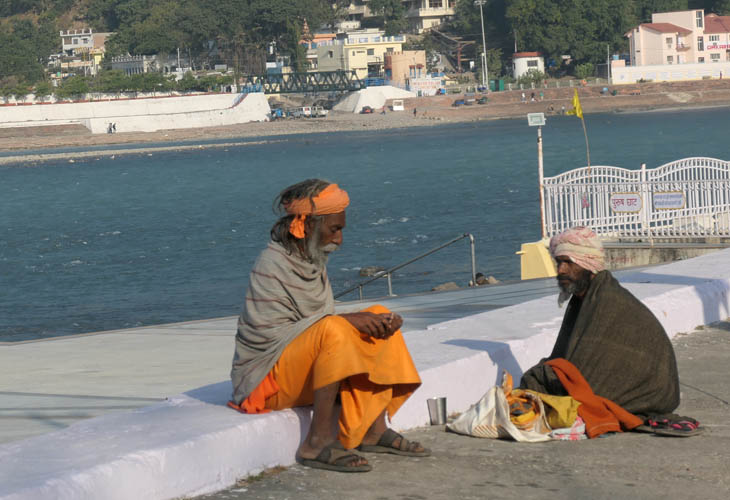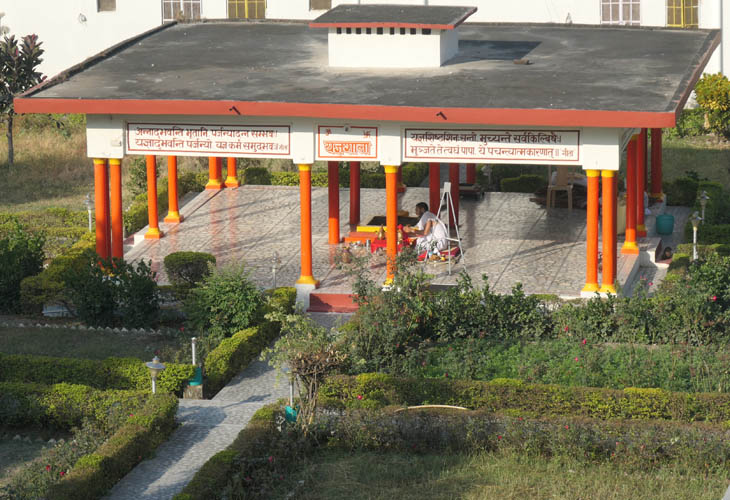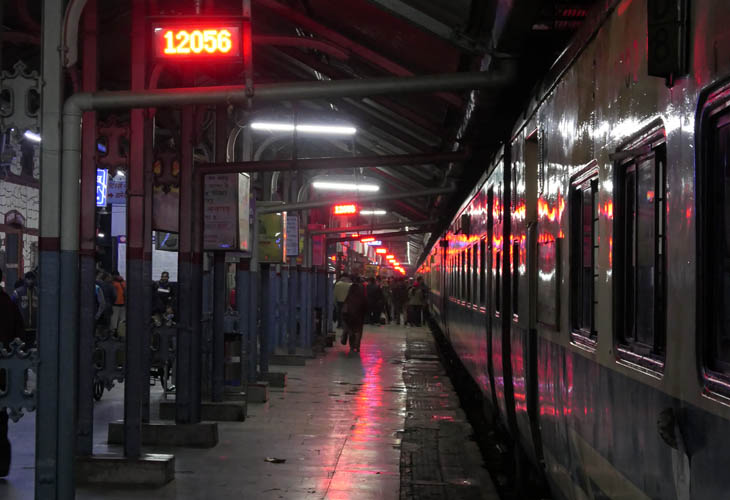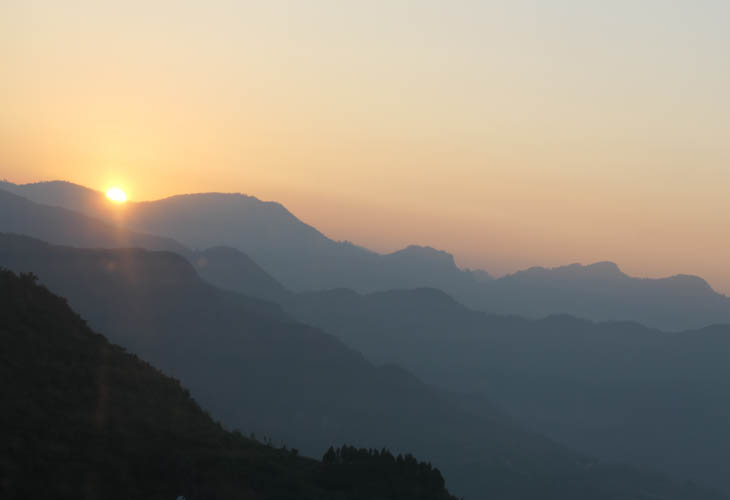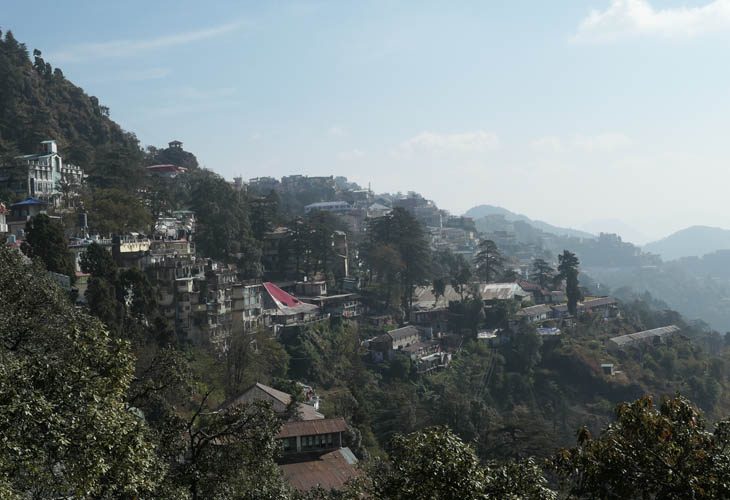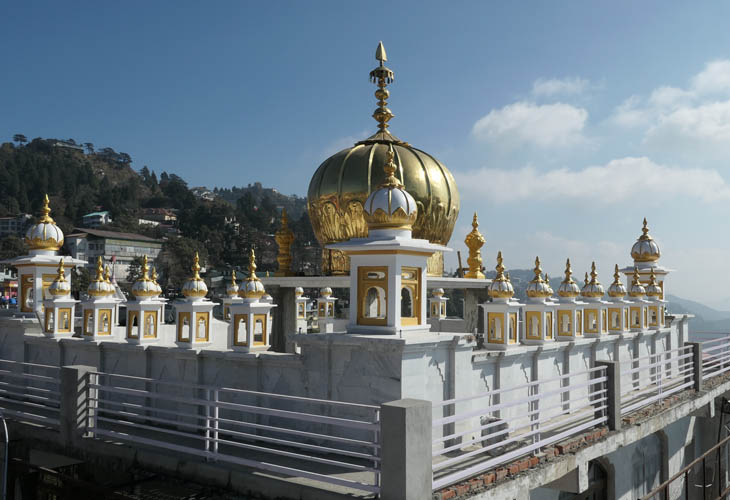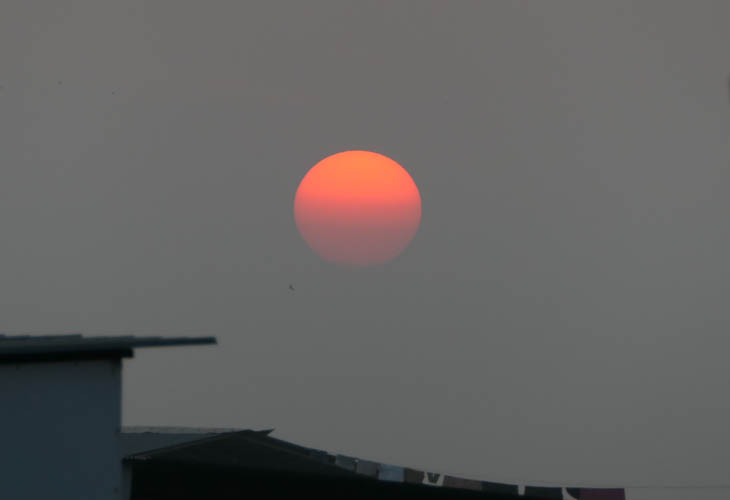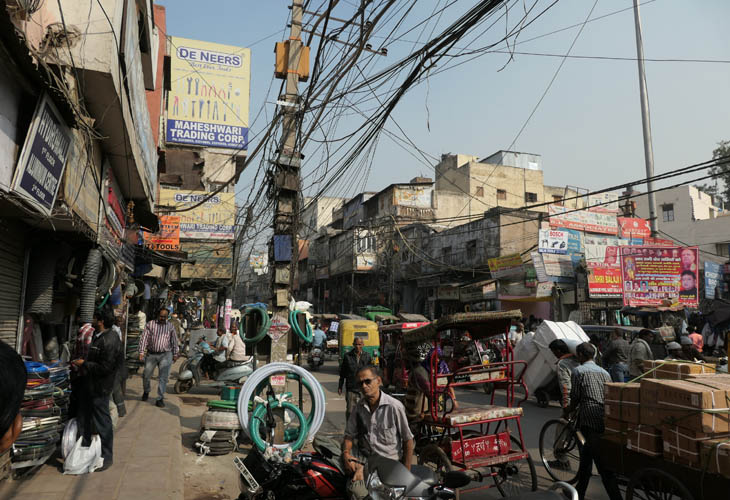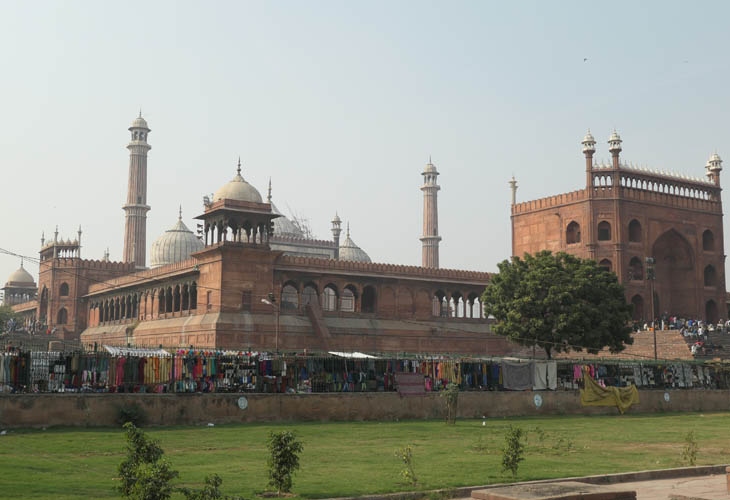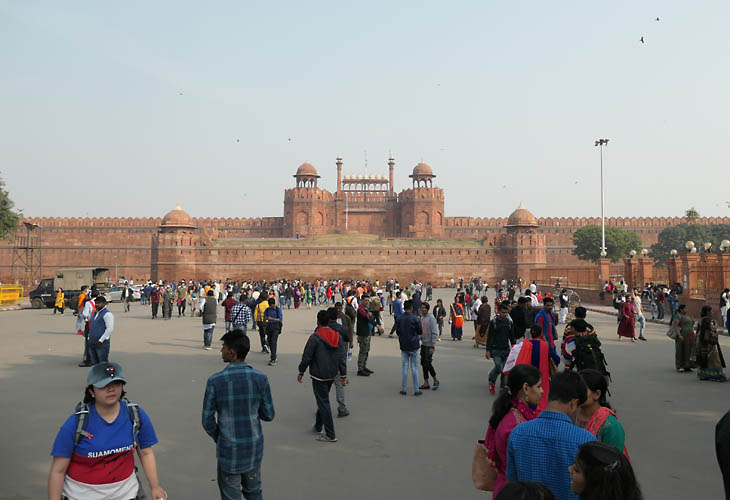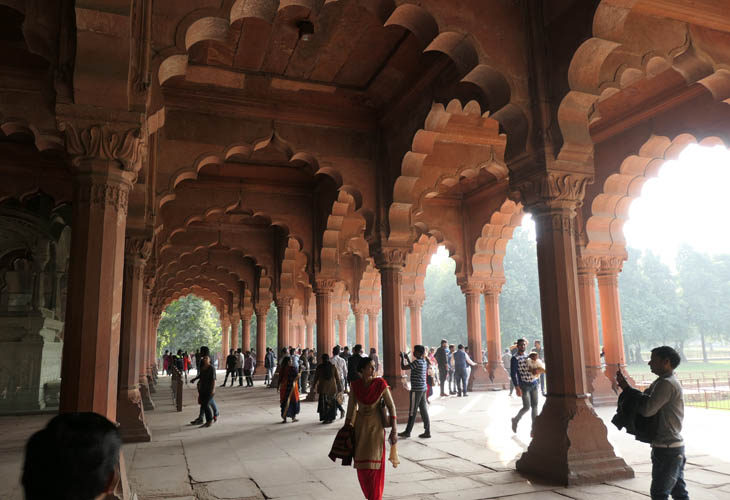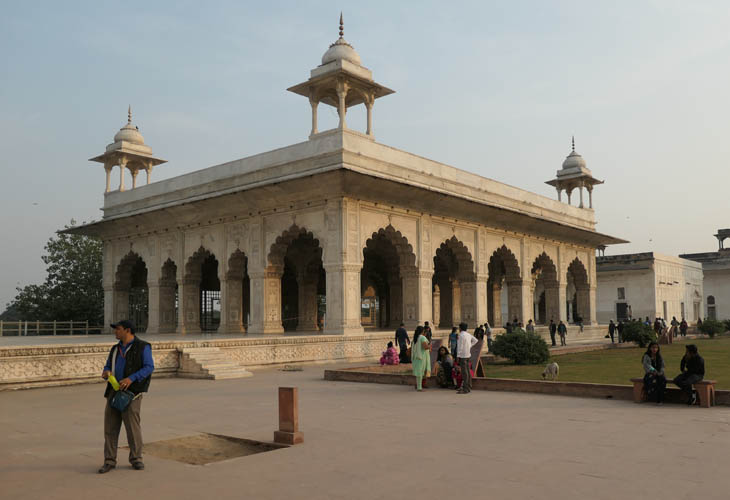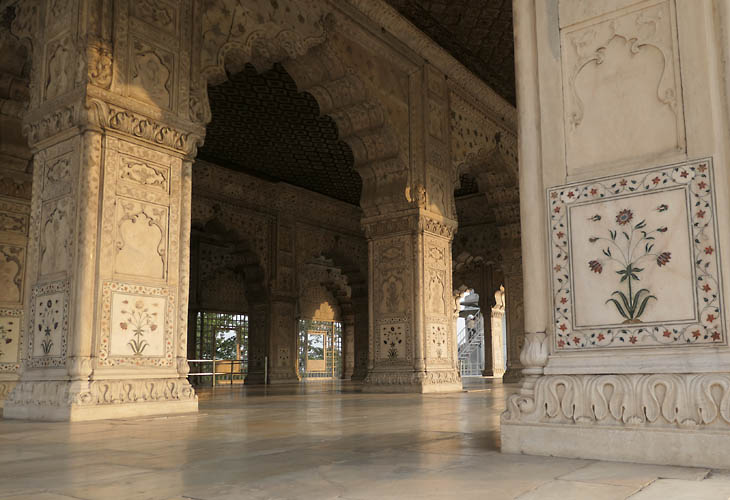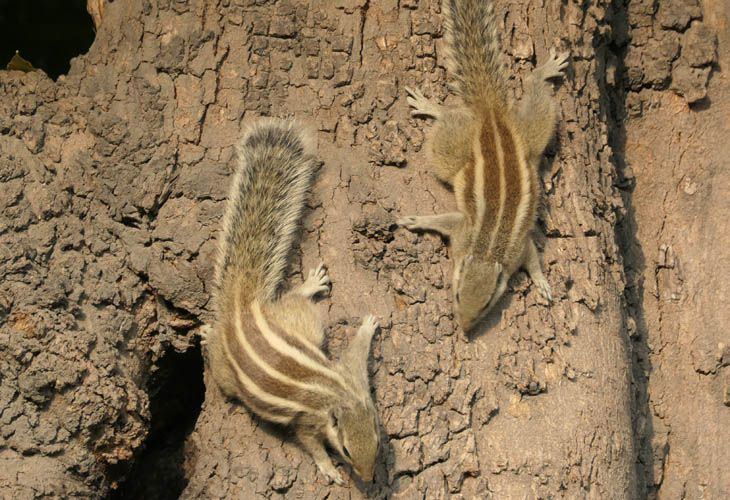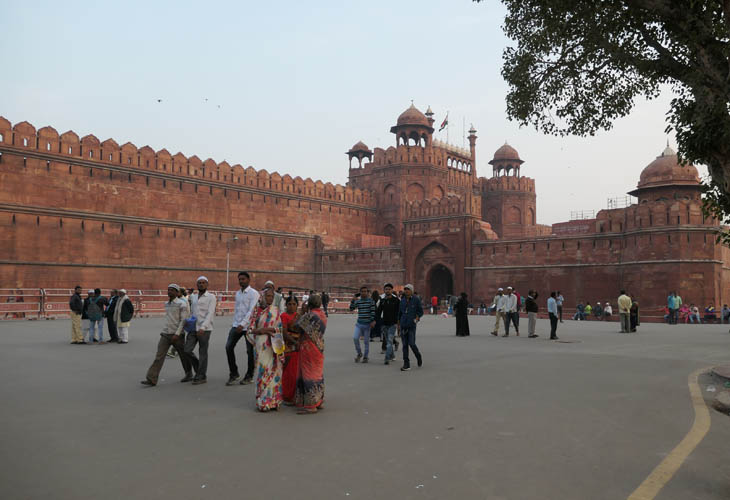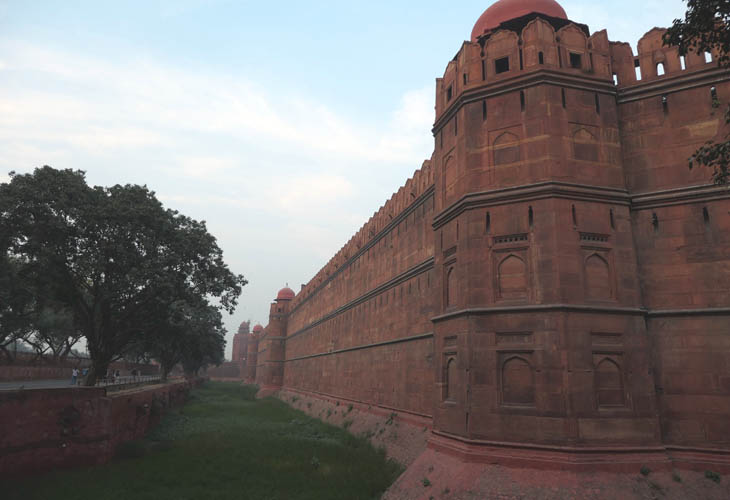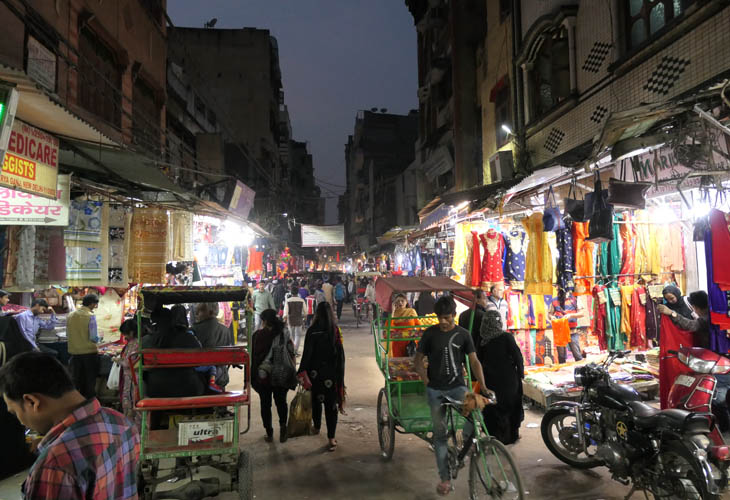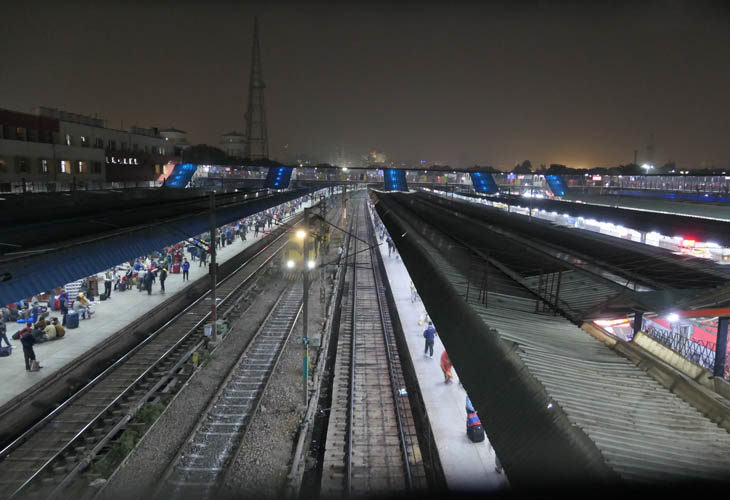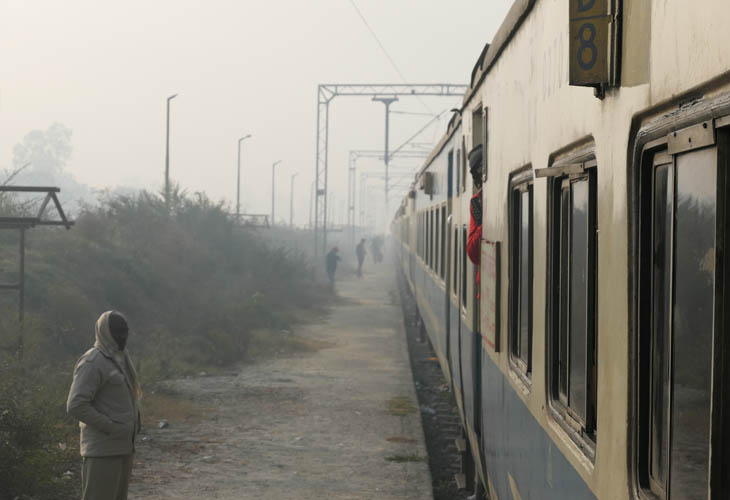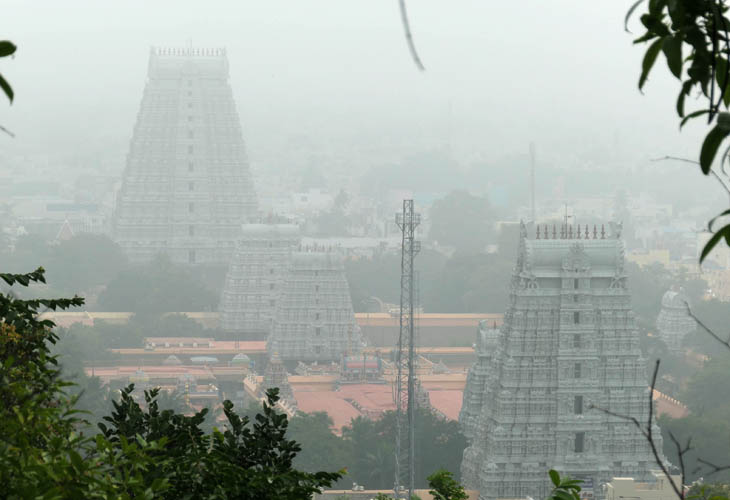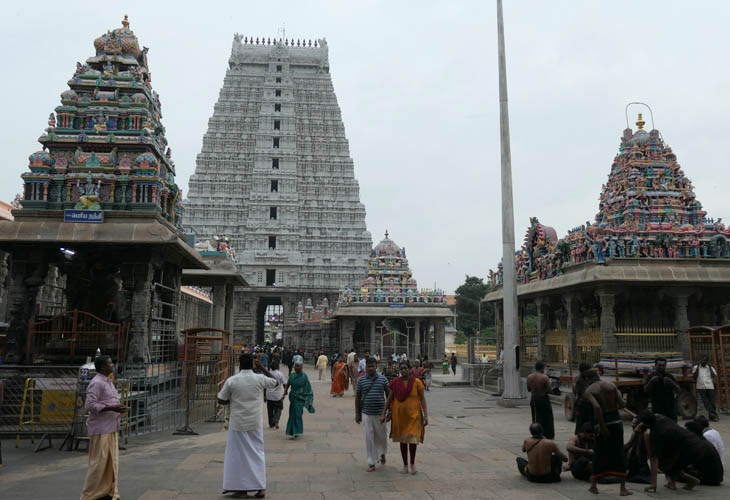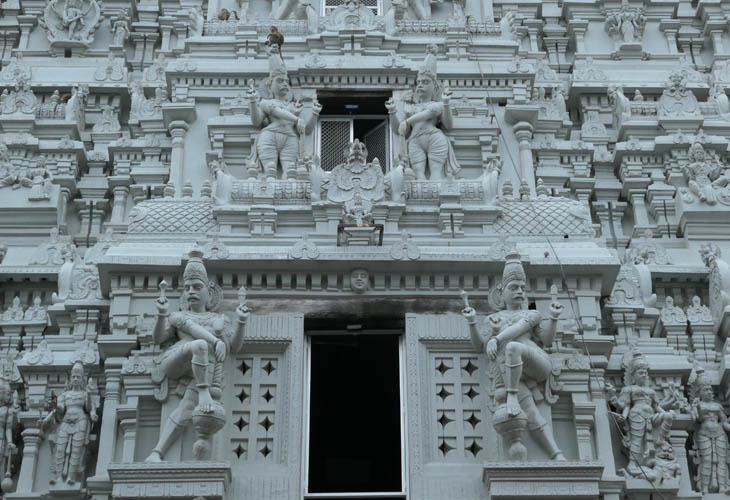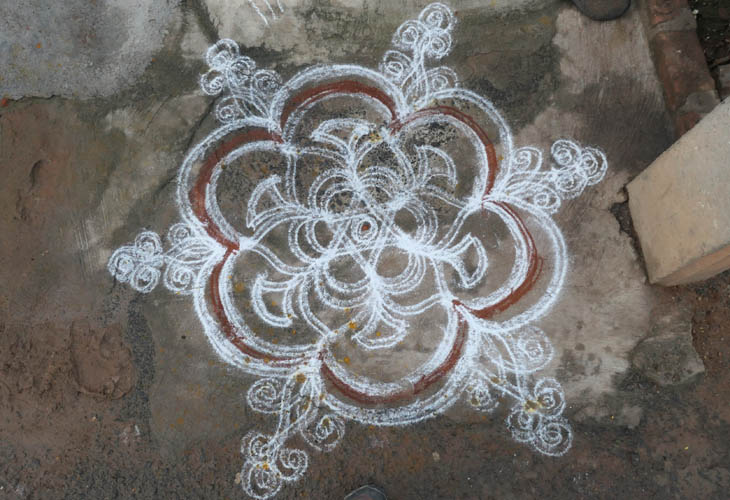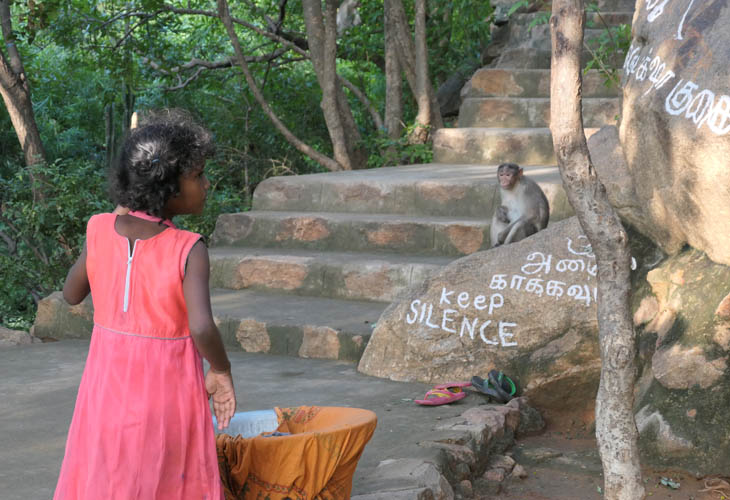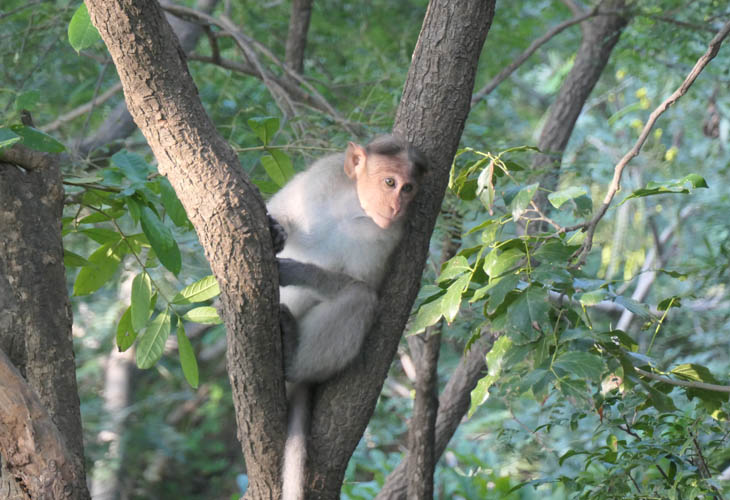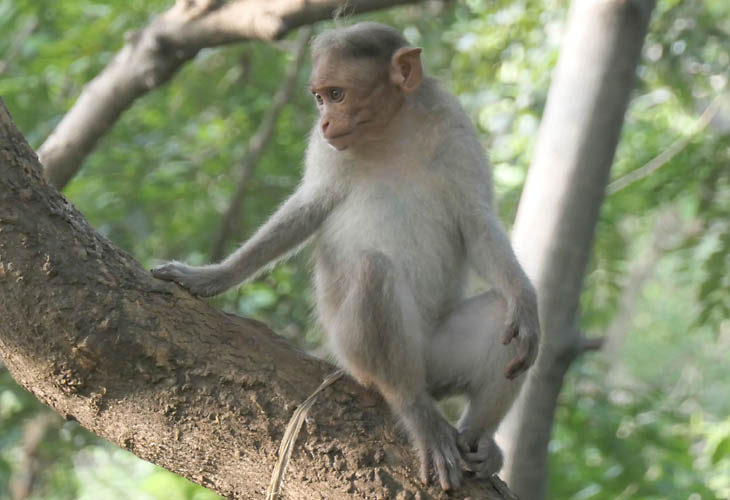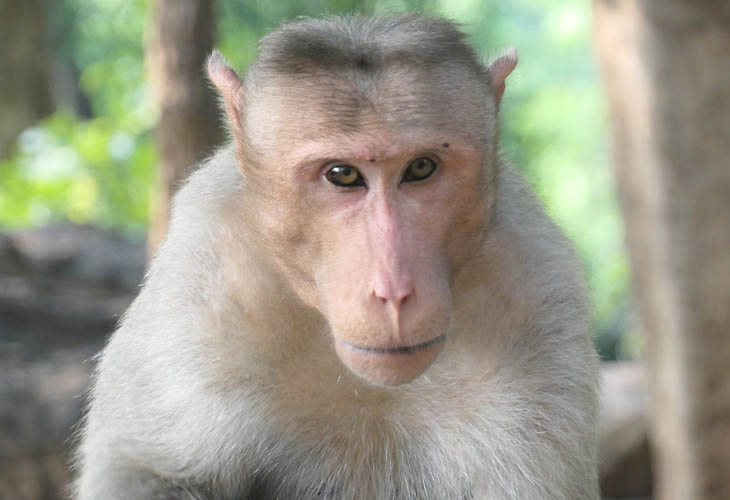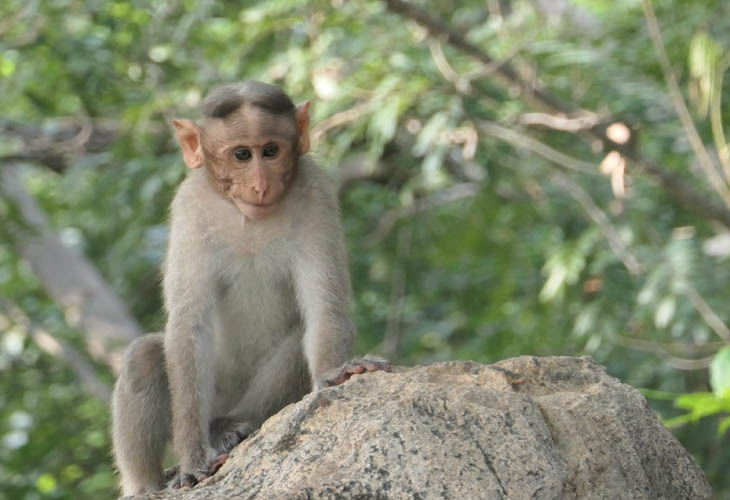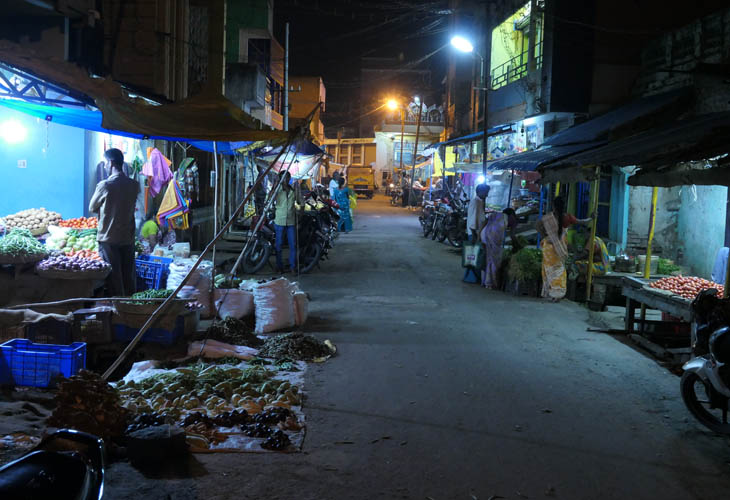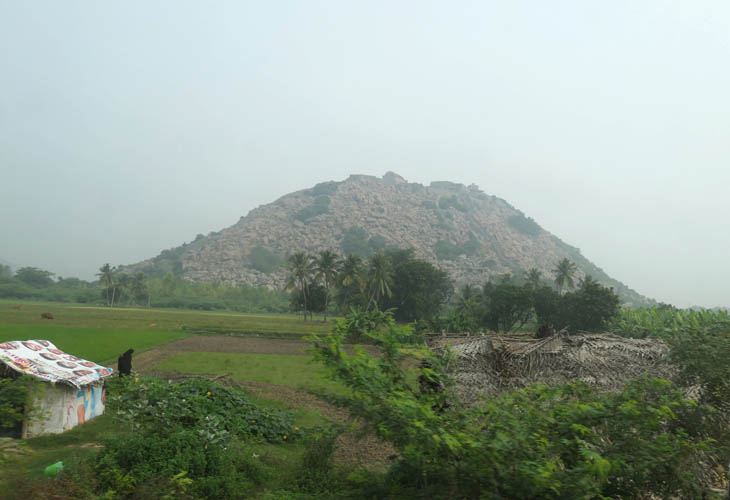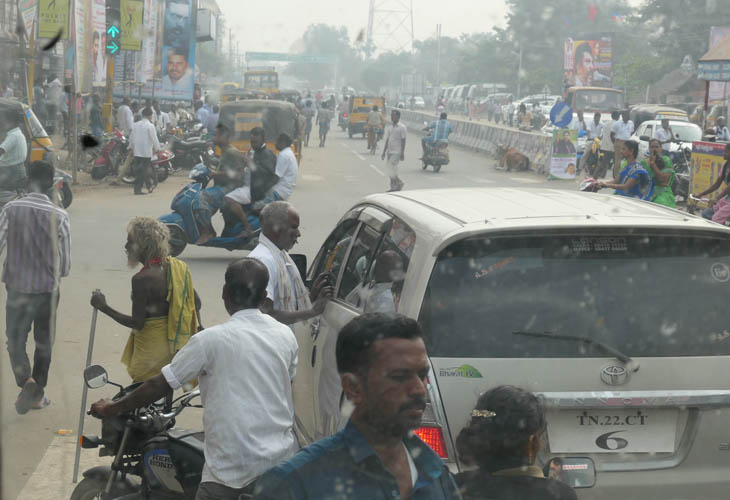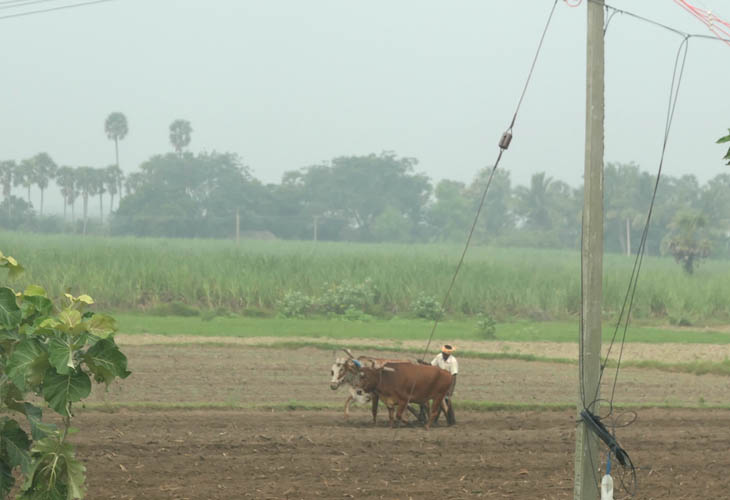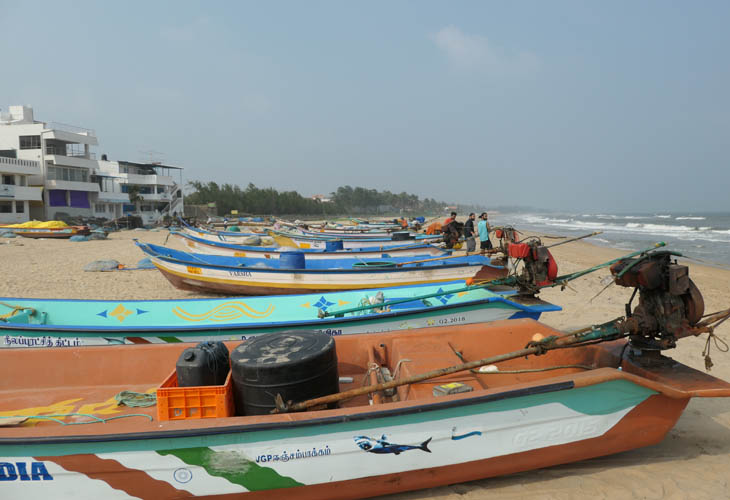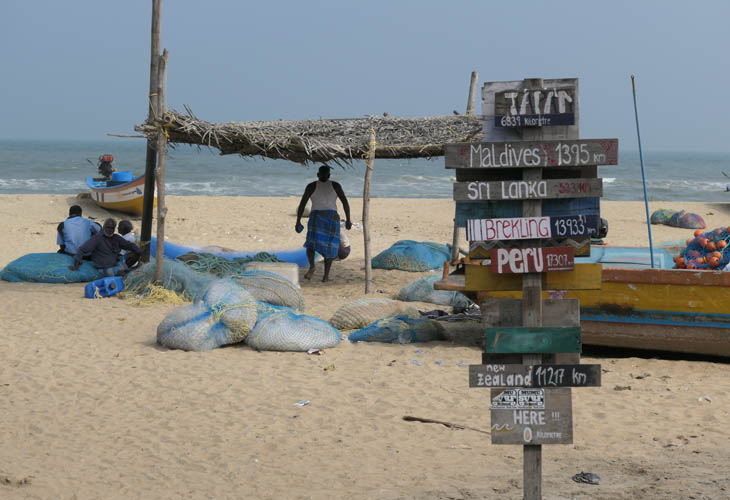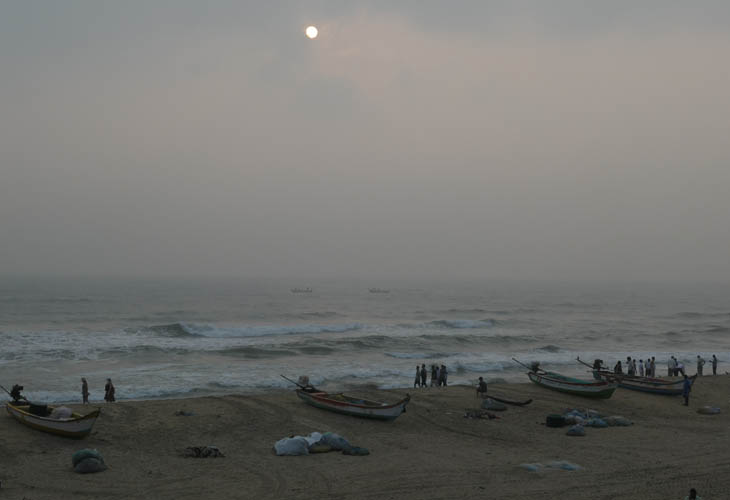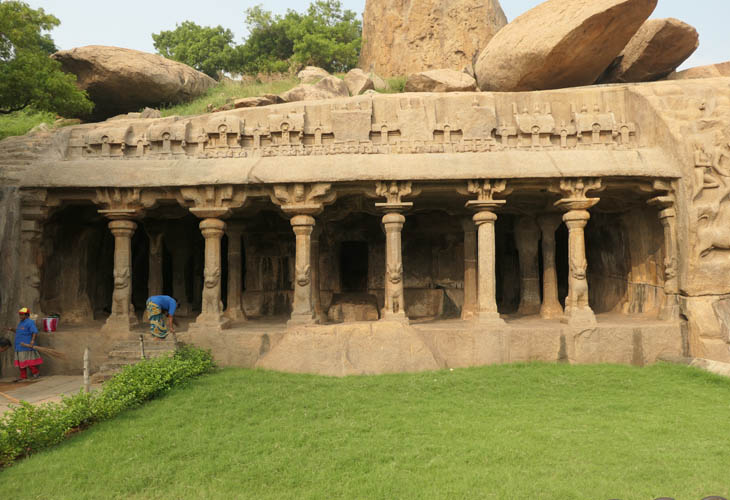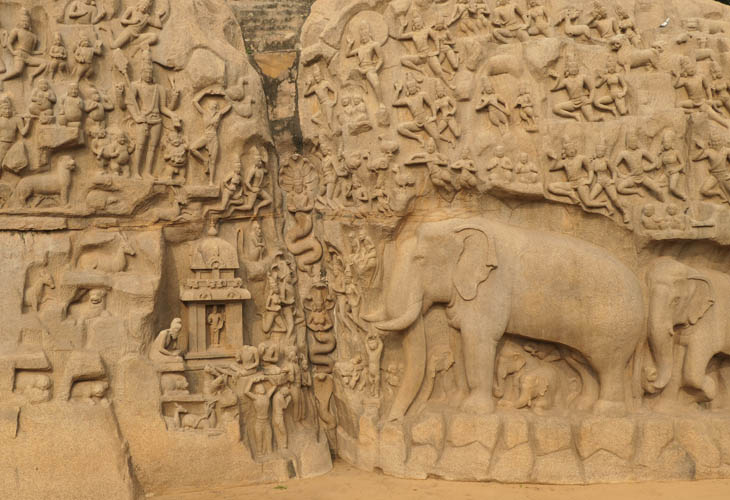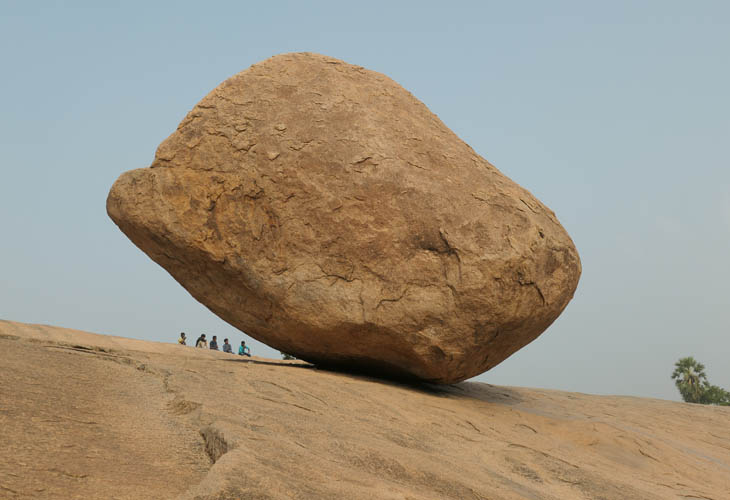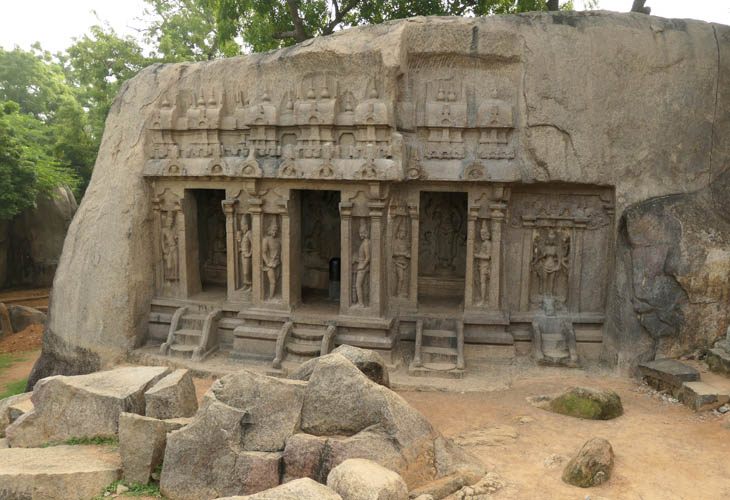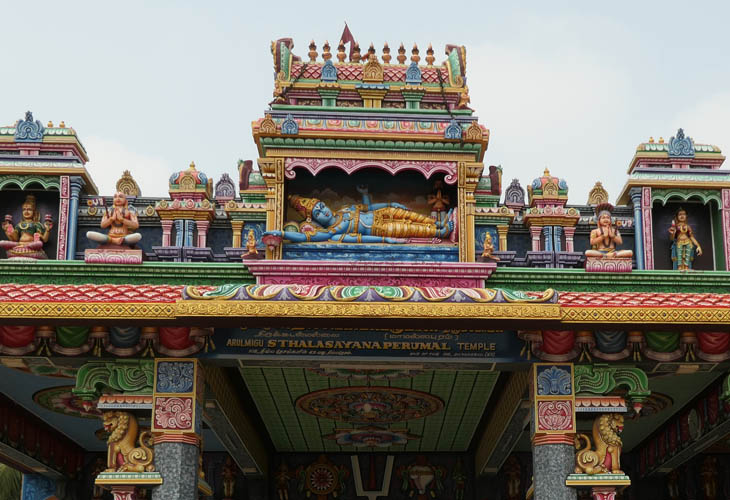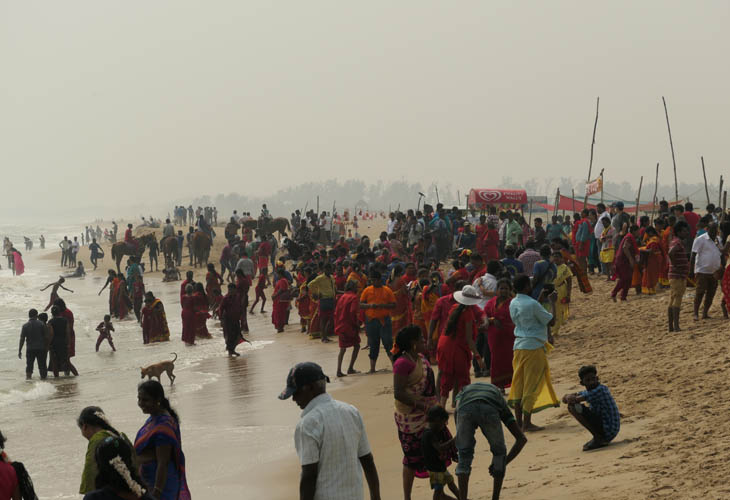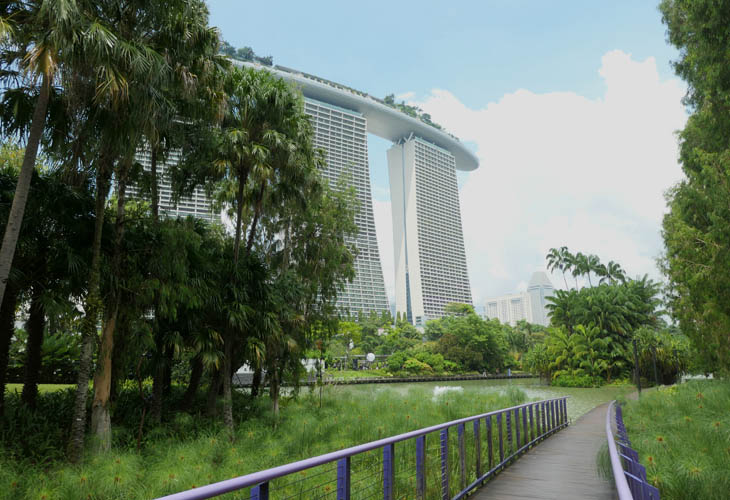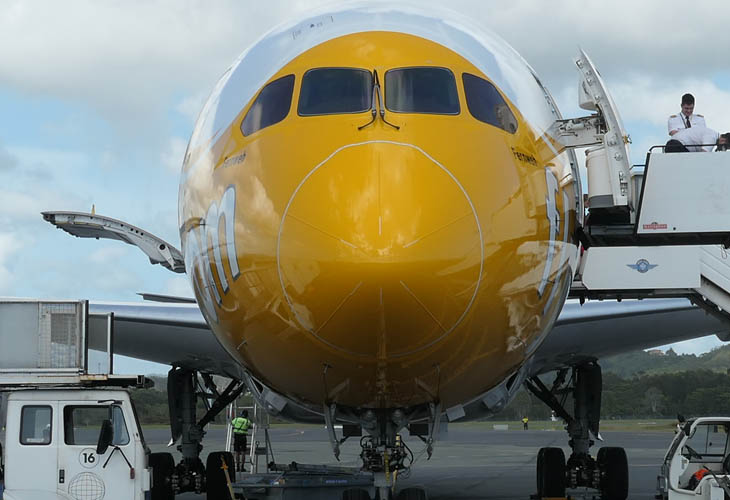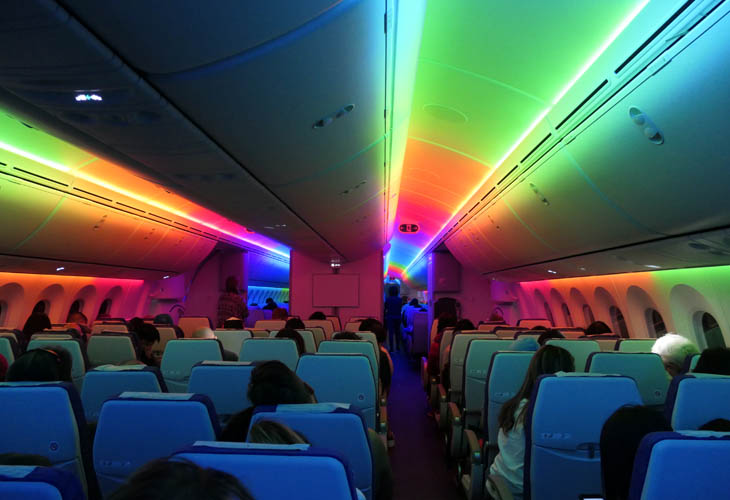India
Leaving Germany is saying goodbye to a country that has started to feel like home. But given that India is geographically on the way back to NZ, i no longer had an excuse not to go do a yoga course. The timing feels right.
Dawn departure. Berlin does not actually possess a proper international airport. That's a product of its East German heritage I guess, where one did not travel. Both Tegel and Schonefeld are tiny Palmerston North style of airports. How wonderful. Really. Why do airports need to be shopping malls?
Now, with Scoot not flying into Dehli I had to fly Aeroflot. That means a bit of a detour to Moscow, how can you resist? Heres a couple of pictures taken from the window, of Russian countryside for the urban designers amongst us.
Settlements do rather appear planned.
And sometimes intensively so.
Even with such strong geometry, their grouping of elements, and working around natural areas is quite interesting.
Shown here some mansion style housing.
The flight was on one of the new Russian made Superjet aircraft (right), and was comfortable. While Aeroflot is now a modern international airline, judging from my two hour layover, moscow is not be known for its airport food.
Arriving in Delhi, one has to relearn how to survive in India, and fast. Delhi has a new underground railway called the metro. Its 60 rupees for the longish trip from the airport to the New Dehli train station. There you will find this massive marble lined cavern at that lost stop, designed to impress upon the world that india is crawling out of the third world. But once you set foot out of the metro station, that idea is rapidly dispelled, as you step over excrement, litter of every kind, and bodies literally dying in front of you.
There's all sorts of people, ranging from rich to poor, incredible kindness in the face of adversity, but also at times you encounter a unique kind of craftiness not entirely designed to serve your best interests. Outside the train station you get bombarded by auto-rickshaw drivers trying to con you into various scams, in this case expensive taxi trips to Rishikesh... please mister, the (fake) train booking office is this way, only 30 rupees. And there sorry, the trains are all booked out, luckily we can help you with a USD350 taxi.
Of course the New Delhi train station is still a circus, like most Indian train stations. Its divided into two halves on each side of the tracks, and the side nearest the metro has no signage for the International Tourist Reservations Counter. Going over the tracks to the other side there are signs everywhere helping you to locate this particular holy grail. Staff who speak english, air conditioned, comfy chairs to wait your turn to get one of the coveted tourist quota tickets. Since the British left, the train system, well, just say it hasnt really improved. In particular its now often not possible to get tickets without booking well in advance. Gone are the crisp uniforms, punctuality and other pedantia i recall from the 80s. And the formerly near deserted 2nd class waiting room is now packed to the gunnels with the new Indian middle class.
So precious ticket in hand (295 INR for the 5 hour trip) i spend the remaining couple hours getting a sim card, and wandering the inner circle business district. There are theoretically parks there, but all that awaits you there is the mischief of the shoeshiners. I visit the actual government tourist office just to orient my compass. And for lunch my first thali since 1988. Oh yeah.
Later on the train, its packed with increasingly chubby Indian families on their way to the Ganga to celebrate Dussehra. The train is class 2S, has soft(ish) coach style seats, but is super old, and seats are narrow, to suit the old indian frame. Watching the passing villages, towns and squalor out the window, and sun setting into the thick haze thats a feature of the post monsoon north this time of year. Maybe the Delhi smog as well. These now relatively affluent indians are dressed in western style clothes, eating western style junk food, and tossing rubbish prolifically out the train window. The worst of both worlds.
Various times throughout that long first day when i might have started pulling on my hair, i just relaxed, took a deep breath, and told myself that things will work out. Everything happens here at a different rhythym. Nothing is organised, at least not the way our minds understand the term.
On the train i meet a frenchmen (the only other westerner in the carriage), who seems india savvy, and with his help we negotiate the Haridwar train station and very quickly locate a room for the night. His technique was simple, politely but firmly brush off the rickshaws, then talk to shop owners about guest houses. The price for a twin room and attached bathroom, 400 rupees. Its rustic but functional, and i for one was just glad to be off my feet. After some food, we stroll the night markets. The place is a sea of traffic like nothing i can ever recall seeing. Foot traffic mostly, but scooters honking their horns competing for space on narrow pedestrian alleys. Then cars, modern chinese cars. And cows.
Next morning we locate the bus station the same way, asking people, who point, then repeat about 10 times to locate the bus leaving for Rishikesh. Its a government bus, super old, and rattly, and the notionally 1 hour journey takes 3 hours because of the festival traffic. At Rishikesh i'm on my own again, and fairly quickly determine that accommodation in town is booked out for the festival.
So walking north along the banks of the river, in the mid day 30 degree sun, i just surrender, and walk.
After about 3 or 4kms i see this sign saying Yoga Nikotan Ashram, and it leads up this large flight of steps into the shady forest. Here i find for 1000 rupees a day you can stay, be fed, attend daily mediation, asana, satsang and other sessions, all set in this green park like grounds, populated with monkeys, and dogs. And about 50 odd westerners and locals, seeking spiritual solace.
It overlooks the Ram Jhula area which is a pedestrian precinct dominated by ashrams on the other side of the river. The ashram becomes my place of sanity away from the crowds of tourists (both foreign and local) below.
The ashram sessions are all interesting, the place has a bit of a Shivananda flavour, and i particularly like the afternoon asana/pranayama teacher, and the teacher who gives the afternoon satsang. The hour long meditations at dawn and dusk require some perseverance.
There i stay a week, and spend my spare time searching for a yoga program. At first this quest is as frustrating as it was trying to do it online from afar. "Ashrams" that are supposed to be somewhere are no longer. Finding places is challenging in the rabbit warren of alley ways because google only barely comprehends this place. And its still hot, and makes for dehydrating outings from the serene calm of the ashram. After a few days of this, i let go of seeking, and then a couple of days later, after talking to people at the ashram, get a couple of promising options. The best of which is a well reviewed program, that had a group cancel, and which now allowed me and 7 others to attend a course that is normally booked out well in advance. So that was that decision made and a relief.
Crossing the river is via the 200m long swing bridge that was built to carry pedstrians and cows, but now carrys scooters as well. Negotiating it is a real insight into indian psychology. You could easily write a PhD on the behavior of people on this bridge. Its pretty deserted as shown here, but normally its packed.
The Swastiyoga Shala is right on the outskirts of the village. Downstairs is the reception, kitchen and dining slash chill room. Then theres 3 levels of accomodation, then the large tiled yoga hall, then the roof, pictured here.
The program in true indian fashion is in flux, but the first day consists of the opening puja / havan, then this class that was one part asana, one part philospohy, one part assessing where our practice is at. Most of the group are more or less seasoned. No one has to be told how to do postures. That leaves us free to deepen the practice.
One of the bigger paths through the ashram precinct. Many sadhus live on the street here, ever ready to exchange blessings for food.
The yoga course is 22 calendar days with 200 hours of material. Do the math, there is not much time off. But on sundays we get out to explore, and try some different food. Like something that doesnt involve wheat. Which the indians seem rather obsessed with.
This is the Laxman Jhula bridge, about 2km up river. There are several colorful many storied pancake temples here, but its also the biggest conglomeration of foreign tourists. Mostly, they wander the lanes shopping and looking lost.
The engineer in me has to admire the swing bridges. They are very steady, and this is due to the stablisers which you can see here. Note also the white water raft, this area is now popular with the indians for adventure tourism.
Its festival season so the bridges are lit up at night.
Detail.
The sun sets everyday into the haze down river. It rains never, maybe 1 hour total in the 6 weeks.
The shala has a 9pm curfew, and this little street scene was shot on the way home one sunday after a long walk out to the near by national park and surrounding villages.
All of the land in this area is owned by the government, and for some reason there is a building boom in progress. The houses are all concrete slab and pillar, hand made with semi skilled labour, and lots of bamboo scaffolding.
Ghats line both banks of the Ganga. Often a quiet place to sit, at least when the flower selling kids are at school. Those girls know how to sell.
Climbing the hill behind the village gives a good viewpoint, at center is Tapavan the business area across the Laxman bridge, and at left Rishikesh town itself.
This is another of the temples, this one behind the yoga shala. There are bells you can ring at each of the twenty odd levels.
Shiva statues are everywhere. Shiva is considered the first yogi, so Hinduism, Shiva and Yoga are all part of a related package, in terms of indian philosophy, a way of life. In that respect Hinduism seems to lack some defining features of your typical religion.
While cows roam the streets freely and calmly, in Rishikesh i come across the odd goat. But the entire town is vegetarian by law.
Walking west along the river bank you can follow ghats / stop banks all the way into town. Its a lovely walk. There are markets, traffic, noise on a whole new level, and slums in the river beds.
Temporary wooden and plastic shelters built and rebuilt every time the river floods.
Being an ashram town there's slogans painted everywhere. Study (jnana), work (karma) and pray (bhakti). The three distinct paths of yoga.
On another walk i encounter women carrying firewood. Those loads are heavy.
Buffaloes kept for their high fat milk content, think ghee.
Multitudes of temples for a wide raft of deities. This was at a Virabadhra temple, and the bull is Nandi, Shiva's mount. Virabadra (of Warrior 1 fame) was an entity spawned by Shiva to behead King Daksha for his rudeness. Shiva the destroyer, slayer of ignorance.
Holy men at work.
Ghat comings and goings. I dont have images of the nightly aarti ceremonies because i prefered to respect their culture around photography. You can see here if you want.
This is the newest shiva statue, the replacement for the last one that was washed away in a flood. All decked out in his finest, its quite large.
Parmarth Niketan is a massive 1000 room ashram, and a popular visit for the multitude of pilgrams. Some white people do stay but its primarily indians.
More ghats.
More sadhus. These are both taken in the Ved Niketan area.
A preist prepares for the daily havan ceremony, some of which we are allowed to take part.
The yoga course now over (a few notes here). Afterwards its a week or so back at the ashram, integrating and digesting, practicing what was learnt. And doing the amazing Iyengar drop in class at Omkarananda each day. Then its time to start the journey southward.
I have about 2 weeks before my flight from Chennai, so first spend a couple of days in the hill country. This image is taken on the way to Mussorie, an old brittish retreat at 2000m. This time of years its cool. Quite cool.
Thus.
Its temple.
And sunset, into the haze.
With planning i'm again able to avoid spending a night in Delhi. Its just a dusty mass of 23 million people, better seen in small doses. One day is about right, time enough to see the red fort and the mosque. Walking from the New Delhi train station takes you through the markets in the old Delhi area. And plenty of Muglai and Kashmiri restaurants serving spicy chicken, hello first non veg fare of the trip.
The big mosque. Reading up on India's history of successive invasions doesn't really endear one to the islamic cause.
The red fort is the big historical monument in Delhi. Built in 1640 by the Mughals, the wall itself is largely intact, and impressive.
The interior has a couple of surviving structures of note, but mostly its empty / trashed by the british / not well maintained.
Multi column hall of unknown purpose.
Inner detail.
Me i lay down on the grass and have a sleep. Later squirrels wake me up.
The walls of red sandstone are striking, and bear some resemblences to the european forts in their design.
Complete with moat (wet season i guess).
Time to walk back to the train station. Fabric markets on route.
Then the big train journey south to Chennai, where the plane leaves from. The 2000km trip takes a day and two nights. Sleeper class. 760 rupees.
Theres 6 of us in the 8 berth compartment. We spend the time on our bunks reading, sleeping, and wandering the isles. Most tourists fly these days, but im trying to be environmentally friendly.
Adopting the same strategy as in Delhi, i take the first bus to Tiruvannamali, a couple of hours to the south.
Its another holy town. With ashrams and temples and a mountain. Unfortunately the air is very thick, and Chennais wet season is not entirely done. So it rains every second day, just enough to make things sticky. This is taken on the pilgrm route around the mountain.
Inside the temple is a series of nested walled inner chambers.
Stupa detail.
Mandala drawings outside every house. Not chalk but rice flour dribbled by hand. Amazing to watch.
This girl is left to guard the bananas, at the cave where Sri Ramana mediated.
Its quite a different monkey species to those in the north.
They play for hours swinging in the trees, grooming. Not agressive at all. Even when given bananas they dont fight over them. Which ever one gets the banana sits and eats it quietly.
Primates have this knowing look in their eyes. Presence.
Junior.
Tiruvannamali night vege markets.
7th century hill fort at Gingee. Large piles of weathered boulders are quite unusual.
Taken through the filthy bus window. Road life. Where there are no lane markings (no one would obey them), no traffic lights (ditto), and where people, bicycles, cows, cars and motorbikes all compete for the same space. Its fascinating to watch, and even more interesting to negotiate. It tells you something about yourself and how important you feel.
But not once did i ever witness any kind of collision or incident, not even a raised voice. Just the incessant horns, which means mostly, lookout im coming, and want to go past/before you, doesnt matter whose turn it is. One way to read this is as the purusartha (proper goals of life) artha, the means to achieve ones economic goals. How you reconcile artha and dharma is not easy to say.
Tractors have largely taken over agriculture, but here and there oxen can still be seen plowing fields. Sugar cane in the background.
Passing through Puducherry, the destination for my final two nights in India is the seaside village of Mamallapuram. I choose well, the fresh sea breeze is a welcome respite from the heat and dust of south india.
Outside my window is this sign beckoning home ward.
Still hazy as anything. Sunset.
After sleeping off some of my travel weariness, i spend a day exploring the 7th century cave temples.
Large granite boulders, carved with considerable skill and patience.
Krishnas butterball, 250 tonnes estimated.
Cave temple with shiva linga at center.
More multi color temples throughout the town.
Chennai dwellers visit the village for the weekend. A day at the beach.
Now i could have got a INR2000 taxi to the airport on Sunday evening, but no, Peter decides as he always does to do it his way. First the government bus INR60, and being the only foreigner on the bus i usually get the copilot seat which has an excellent view of the mayhem. The bus is supposed to take 1.5hrs, but today takes 2.5 because of the holiday traffic, and there are an unusual number of cows on the road at night as well. Whole groups of them just laying on the road. Why are they there? Who knows? Maybe the road is warm. Whatever, then the bus drops me off in this crazy junction on the outskirts of the city, where there 5 lanes of chaos, which i cross by following some teenagers. Then i wait about 20 minutes in a queue for a INR5 train ticket to the airport. I love indian queues they are so much fun. I get to tell the person behind me over and over that by pushing me he wont get there any faster, and explaining to the people who try to jump the queue what the point of a queue is. So, the print out of the ticket probably cost more than 5 rupees, i mean 5 rupees is, what 10 cents. You cant buy anything in India for 5 rupees, a samosa or a chai cost 10 rupees, that's about as small as it goes. But that's what a suburban train fare costs in Chennai. No wonder people don't use the shiny new metro which costs 6 times as much. The train is super cool, it has no doors, and people jump on and off whenever. Finally, at the airport you have to show your ticket to the soldiers carrying automatic weapons in order to enter the terminal. After all this adventure, i still have plenty of time.
Fourteen hours in Singapore. Where the monsoon has arrived. I spend it walking a Marina Bay circumnavigation, including a walk through its amazing Gardens at the Bay. Followed by a last Indian meal at Little India.
Thanks Scoot, you've been good to me. The Boeing 787 is the new king of planes, smooth and quiet. Interestingly, its fuselage is entirely carbon fibre reinforced epoxy resin. The additional structural strength allows the plane to operate at a one third higher cabin pressure reducing dry eyes and fatigue.
Rainbow lighting to wake you up. Dreamliner indeed. Where am I, New Zealand?
2018-12-16
www.zoneblue.nz/cms/page.php?view=india
Summary
Some reflections from the long contemplated trip to India 2018.
